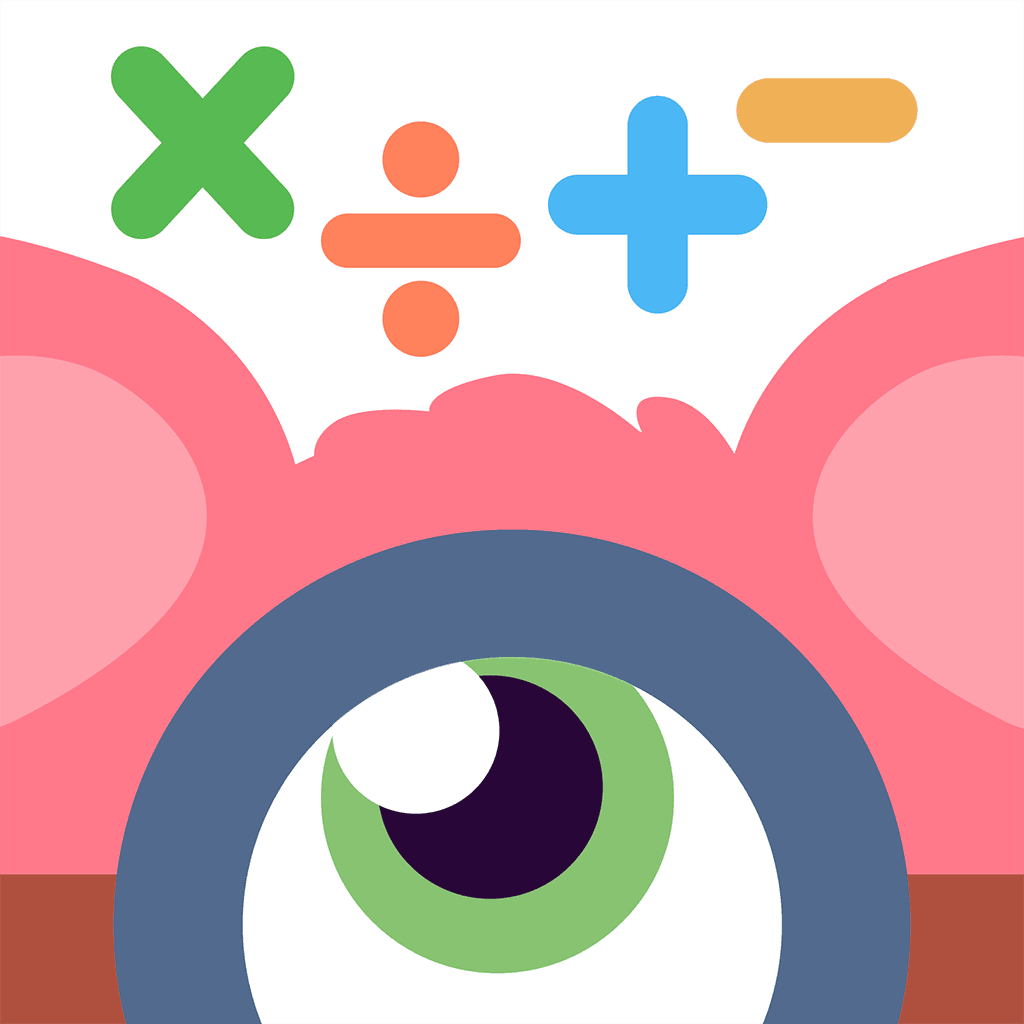Cognitive Load Theory: Why Less Is More in Math for ADHD
TL;DR
Cognitive Load Theory (CLT) suggests that learning is more effective when cognitive load is managed appropriately. For children with ADHD, who often struggle with working memory and attention, reducing extraneous load and optimizing instructional design can significantly improve math learning. This article explores how CLT can be applied to math education for ADHD children, providing research-backed strategies and actionable steps for parents.
Introduction
Attention-Deficit/Hyperactivity Disorder (ADHD) affects approximately 5-10% of children worldwide, impacting their ability to focus, control impulses, and manage working memory (Polanczyk et al., 2007). These challenges often lead to academic difficulties, particularly in mathematics, which demands sustained attention and complex cognitive processing (DuPaul et al., 2013).
Cognitive Load Theory (CLT), developed by John Sweller, posits that working memory has a limited capacity, and effective learning requires managing three types of cognitive load: intrinsic (task complexity), extraneous (unnecessary demands from instructional design), and germane (effort toward understanding and retention) (Sweller, 1988; Van Merriënboer & Sweller, 2005). For children with ADHD, high cognitive load can exacerbate their difficulties, making CLT particularly relevant for designing effective math instruction.
Research Findings
ADHD and Mathematical Performance
Research consistently shows a negative association between ADHD symptoms and mathematical ability. A systematic review found that 76.47% of studies reported a significant negative correlation, with the inattentive component of ADHD more strongly linked to math difficulties than hyperactivity-impulsivity (Raghib et al., 2015). Longitudinal studies indicate that math achievement scores in children with ADHD decline over time, highlighting the persistent nature of these challenges.
Role of Cognitive Processes
Working memory, particularly visuospatial working memory, is critical for math performance in children with ADHD. A study found that children with ADHD and co-occurring developmental coordination disorder (DCD) have lower visuospatial working memory, impacting their math skills (Gibbs & Wilson, 2023). Verbal working memory and executive functions, such as inhibitory control and the central executive, also show significant associations with math tasks like calculations and problem-solving (Tye et al., 2021).
Impact of Cognitive Load
High cognitive load disproportionately affects children with ADHD. A study demonstrated that under high cognitive load, children with ADHD exhibit reduced task performance, greater reaction time variability, and decreased brain network efficiency compared to peers without ADHD (Cortese et al., 2023). This suggests that math tasks with high cognitive demands can overwhelm these children, necessitating strategies to manage load effectively.
Cognitive Domain | Association with Math in ADHD | Key Findings |
|---|---|---|
Verbal Short-Term Memory | Generally weak | No significant association after controlling for age and IQ (Tye et al., 2021). |
Verbal Working Memory | Moderate to strong | Significant for numerical calculations, weakened by age/IQ controls (Tye et al., 2021). |
Visuospatial Working Memory | Strong | Large associations with conceptual understanding, significant even after controls in some studies (Gibbs & Wilson, 2023). |
Central Executive | Moderate | Correlates with applied problem-solving and calculations (Tye et al., 2021). |
Inhibitory Control | Variable | Significant for auditory stimuli in problem-solving, visual stimuli in conceptual skills (Tye et al., 2021). |
Interventions and Strategies
To support children with ADHD in math education, strategies aligned with CLT can reduce cognitive load and enhance learning. These include:
- Breaking Down Tasks: Dividing math problems into smaller steps reduces intrinsic load, making tasks more manageable (ADHD Foundation, 2021).
- Visual Aids and Mnemonics: Using diagrams, charts, and color-coding supports germane load by aiding comprehension and retention. Mnemonics help memorize formulas (ADHD Foundation, 2021).
- Minimizing Distractions: Seating children away from distractions and in structured environments reduces extraneous load (NSW Department of Education).
- Frequent Feedback: Immediate, specific feedback reinforces learning and corrects errors promptly (NSW Department of Education).
- Use of Technology: Interactive math software provides engagement and instant feedback, reducing cognitive demands (NSW Department of Education).
You can consider something like Monster Math or also look at the 5 best math games for Kids with ADHD. - Structured Routines: Consistent schedules with breaks prevent fatigue and maintain attention (ADHD Foundation, 2021).
- Organizational Skills: Teaching strategies like using planners and checklists helps manage math tasks (NSW Department of Education).
These strategies align with CLT by minimizing unnecessary cognitive demands and supporting effective learning processes.
Actionable Steps for Parents

Parents of children aged 5-10 with ADHD in the US can implement the following steps to support math learning at home:
- Create a Distraction-Free Environment: Set up a quiet, organized study space with minimal distractions, such as turning off the TV and limiting device access during math time.
- Use Timers: Break homework into short sessions (10-15 minutes) with breaks to maintain focus. Timers help children manage time effectively.
- Break Down Homework: Divide math assignments into smaller tasks (e.g., 5 problems at a time) to reduce overwhelm and cognitive load.
- Employ Visual Aids: Use manipulatives like counting blocks or number lines to make abstract concepts concrete. Flashcards with visual cues aid memorization.
- Provide Positive Reinforcement: Praise effort and progress to boost confidence and motivation, even for small achievements.
- Communicate with Teachers: Regularly discuss your child’s progress and challenges with their teacher to align home and school strategies.
- Encourage Physical Activity: Incorporate regular physical activity to improve focus and reduce hyperactivity, benefiting math performance.
FAQ
Q: How can I tell if my child is experiencing high cognitive load?
A: Signs include frustration, task avoidance, frequent errors, or difficulty following instructions. Simplifying tasks or breaking them into smaller steps can help.
Q: What are effective ways to help my child with ADHD improve in math?
A: Use visual aids, break tasks into smaller steps, provide frequent feedback, and create a structured environment. Math apps and games can also increase engagement.
Q: Should I be concerned if my child with ADHD struggles with math?
A: Math difficulties are common in ADHD due to attention and working memory challenges. With tailored strategies, many children improve. Consult teachers or educational psychologists for personalized support.

